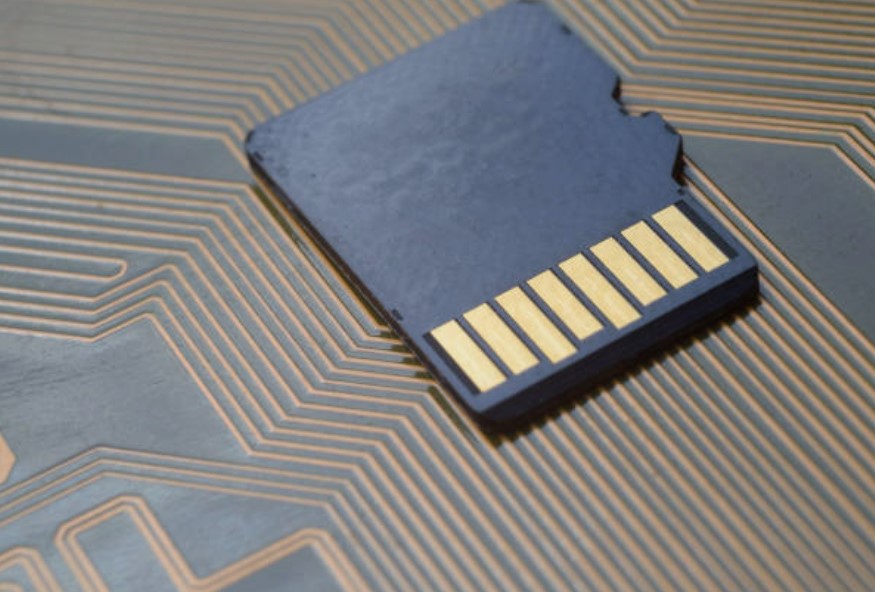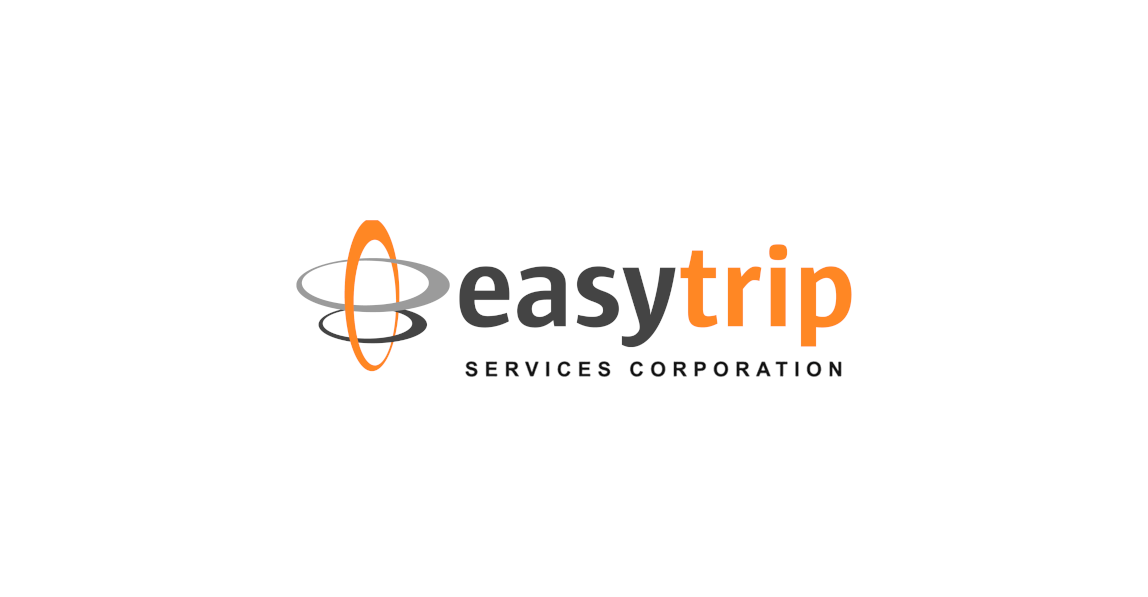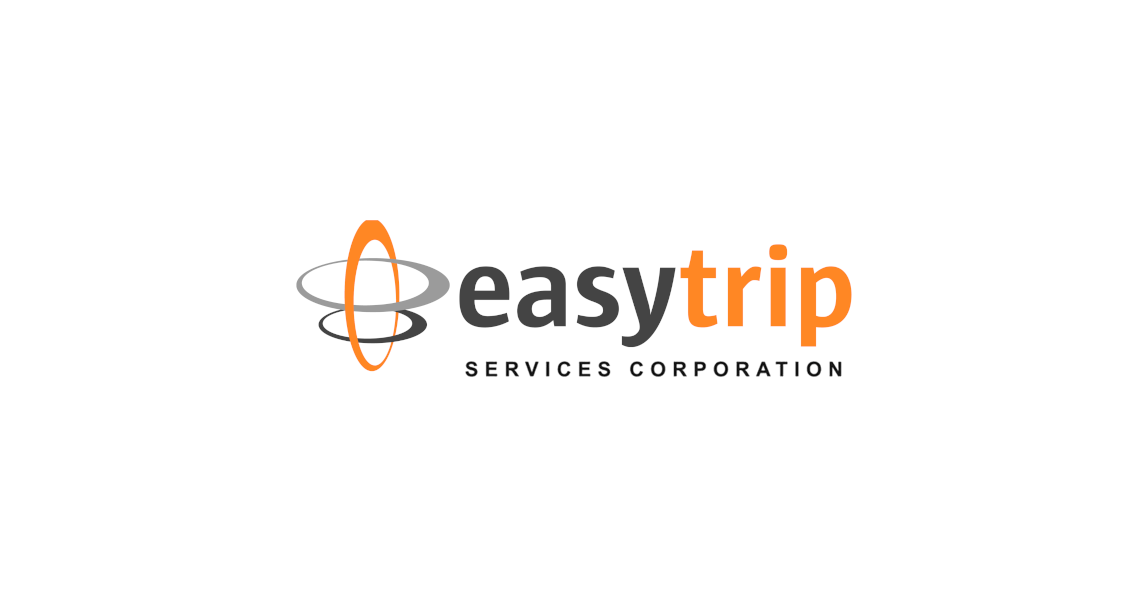10 RFID Technology Amazing Facts

Over the past few years, RFID technology has gained widespread traction as an effective tool for wireless communication and asset management. Its wide-ranging applications in many industries, such as logistics, healthcare, and transportation, make it a crucial and indispensable solution for many businesses by delivering real-time traceability, identification, communications, and location-based information. In this article, we will uncover some key facts about RFID, shedding light on its historical roots, capabilities, and unique usage.
What is RFID and its Uses?
RFID, which stands for radio-frequency identification, is a technology that incorporates radio frequency waves to communicate wirelessly and transmit data. This works by using a small tag (transponder) attached to an object containing electronically stored information. An automatic reader device then reads the data at a distance, converts it into digital form, and sends it to a backend system for processing.
The use of RFID has spread across many industries and applications, including supply chain management, asset tracking, access control and security, transportation and logistics, healthcare, and electronic toll collection systems. This innovative technology enables instant visibility, improved efficiency, enhanced security, and automation of various processes. RFID technology has proven to be robust and reliable with its extensive detection range and storage capacities that no longer require human intervention or support.
10 Amazing Facts about RFID
The following are ten fascinating facts about RFID technology that everyone should be aware of:
- RFID technology traces its roots back to World War II.
RFID technology was initially developed for military purposes during World War II using radar. Each aircraft includes transponders and transmitters designed to respond to radar signals. This helps combatants locate nearby friendly or potentially hostile aircraft in the vicinity. The early adoption of RFID technology during wartime laid the groundwork for its further advancement and application in the business and industrial sectors. - All RFID systems have at least three major components: readers, antennas, and tags.
The RFID system is composed of three essential components. The first is the RFID reader, which transmits and receives radio waves to communicate with RFID tags. Secondly, the antenna converts the signal received from the reader into radio waves detectable by RFID tags. Lastly, the RFID tag consists of an electronic chip and an antenna mounted on a device to store information and transmit them to the reader’s signal. - There are three types of RFID: beaconing, transponding, and intelligent.
RFID can be divided into three main types, including Beaconing RFID. This RFID has battery-powered tags that generate encrypted identification messages every 100 milliseconds to five seconds. Transponder RFID is an electronic toll collection (ETC) RFID that uses an active transponder or RFID tag, a passive reader, and an antenna. A hybrid of beaconing and transponder RFID, Intelligent RFID has tags activated at frequent intervals to scan their environment for fixed reference points to determine their location before being transmitted to the reader. - An RFID system transmits at three basic frequencies within the electromagnetic spectrum: low, high, and ultra-high.
Low-frequency (LF) RFID uses a frequency band between 30 and 300 kHz, which results in a limited reading range, reduced storage capacity, and slower data transfer. High-frequency (HF) RFID operates within a frequency spectrum of 3–30 MHz, making it suitable for a wide range of applications, including contactless smart cards and near-field communication (NFC). With a frequency range of 400 MHz and 3 GHz, ultra-high-frequency (UHF) RFID provides an extended reading range and higher transmission rates, ideal for asset tracking and transportation. - RFID technology has come a long way over the past two decades in application, form, and function.
RFID has evolved from being a niche technology to becoming widely adopted across various industries. It offers features that include data encryption, real-time data processing, and autonomous decision-making mechanisms. Furthermore, RFID technology has been integrated with other technological innovations, including sensors to facilitate the monitoring of environmental conditions or physical parameters, cloud-based applications and services to manage data flow, and dynamic location systems that are more efficient in terms of power and information and require less hardware or technical support. - RFID is used extensively in the automotive industry.
RFID has found diverse applications in the automotive industry, thereby becoming an integral part of vehicle manufacturing. Apart from improving inventory management and reducing the risk of human error, this technology serves as a tool for production tracking, part coding, quality control documentation, storage management, and traceability. RFID tags can be attached to any vehicle part and component to keep track of inventory status, locations, and movements during the manufacturing and assembly processes for improved overall production efficiency. - The Vatican is using RFID to keep track of more than 2 million ancient manuscripts in the Vatican Library.
The Vatican Library, home to over 2 million ancient manuscripts and rare books, has embraced RFID technology to improve inventory and asset management. Each manuscript is affixed with a customized RFID tag containing specific information, including its title, author, and location within the library. Installed RFID readers and antennas can scan these tags to provide real-time tracking and monitoring of manuscripts' whereabouts and movements. In this way, the Vatican Library can efficiently manage its vast manuscript collection and prevent loss or misplacement. - RFID is also used to track food.
In the food industry, RFID technology is being implemented to enhance inventory control, product tracking and visibility, and temperature monitoring, as well as to minimize food waste and simplify the process of supply chain management. RFID tags are often attached to food packages, labels, or containers to track food items throughout the supply chain, from farm to fork, in an effective and precise manner. - RFID is also used in outer space.
The National Aeronautics and Space Administration (NASA) is actively developing an RFID program for the International Space Station (ISS). This program aims to enhance the efficacy and safety of supply management and ensure that astronauts have the necessary resources for a successful space exploration mission. The RFID system will operate in conjunction with the current inventory management system, enabling space crews and ground control centers to spend less time performing inventory and handling stowage logistics. - RFID is used to track people as well.
RFID tags can be wearable devices, such as lanyards, badges, and wristbands, or access cards containing unique identifiers for automated tracking and monitoring of people's movements in a particular environment. This can be used in various contexts, for example, in access control systems for restricted facilities, employee attendance systems, and monitoring visitors in healthcare settings, at events, or in public spaces. RFID-based tracking systems can provide around-the-clock visibility, promote safety, and enable effective personnel management in certain situations.
RFID technology holds significant importance in today’s world due to its numerous benefits across various industries. It enables efficient and automated tracking of assets, inventory, and people, improving visibility, accuracy, and productivity in supply chains, logistics, and operations to help optimize business processes. It is expected that RFID will continue to evolve and enable innovative applications in multiple fields, including IoT (the Internet of Things), smart cities, and intelligent manufacturing. The advent of this technology is also responsible for the transition in the operation of tollway systems in the Philippines from cash-based toll plaza payments to a cashless toll collection system.
Easytrip RIFD is an exclusive electronic toll collection system of the Metro Pacific Tollways Company’s Corporation’s network of major expressways and toll roads, including the North Luzon Expressway (NLEX), Subic Clark Tarlac Expressway (SCTEX), Cavite Expressway (CAVITEX), C5 Link Flyover, and Cavite-Laguna Expressway (CALAX). This promotes seamless, cashless toll transactions to reduce traffic congestion and improve travel efficiency. One of Easytrip's key products is its RFID stickers, which are interoperable with multiple highways. The MPT DriveHub is a new road travel companion to help motorists manage their RFID loads or make RFID balance inquiries online.
Take advantage of Easytrip RFID stickers for vehicles and experience the benefits of faster, cashless, and hassle-free travel on major expressways in the Philippines. For information about how to register for Easytrip or the list of Easytrip installation sites, please call 1-35000 or email [email protected].





